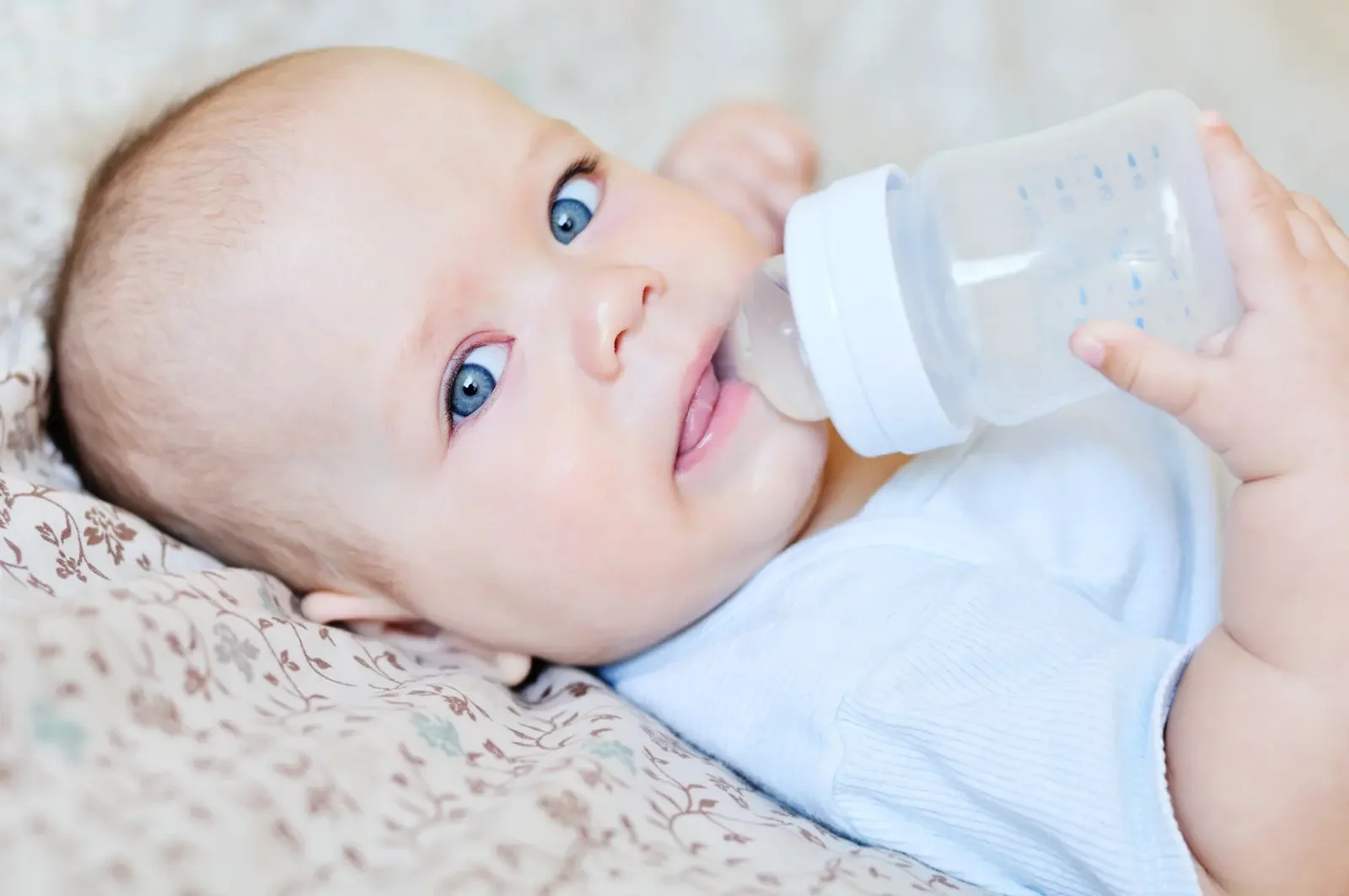How to Protect Yourself from Microplastics: Everyday Swaps + Natural Detox Support
Scientists have found plastic particles in human blood, lungs, liver, and even placental tissue. While research continues on the long-term health risks, one thing is clear: exposure is widespread.
The good news? There’s a lot you can do in daily life to lower your exposure and support your body’s natural detox systems. Think of it as a “plastic-light lifestyle” — not about being perfect, but about reducing your toxic load step by step.
Step 1: Reduce Exposure in Daily Life
In the Kitchen
Say goodbye to single-use plastics: Switch bottled water for a stainless or glass reusable bottle. Store leftovers in glass containers or stainless steel instead of plastic tubs.
No heat with plastic: Heating plastic (microwaving, dishwashing, leaving bottles in the sun) accelerates leaching of plasticizers. Always reheat in glass, ceramic, or stainless.
Better cookware: Trade scratched nonstick pans for stainless, ceramic-coated, or cast iron.
Laundry & Clothing
Choose natural fibers: Cotton, hemp, linen, and wool don’t shed plastic microfibers.
Trap microfibers: If you wear synthetics, use a Guppyfriend laundry bag or install a washing machine filter to capture fibers before they hit waterways.
Wash smarter: Short, cold cycles = less shedding.
Indoor Air & Dust
Vacuum with HEPA: Microplastics settle in dust; a HEPA vacuum reduces particles you breathe in.
Air purifiers: HEPA air filters help, especially in bedrooms.
Natural furnishings: Carpets, upholstery, and mattresses made with synthetics can shed microfibers. Natural fiber alternatives (cotton, jute, wool) release far less fibers and no plastic fibers.
Personal Care & Cleaning
Ditch microbeads + glitter: Many scrubs, toothpastes, and cosmetics still contain plastic. Look for “microbead-free” labels.
Swap sponges: Use cellulose or washable cloths instead of synthetic sponges.
Skip synthetic fragrance: Plasticizers + microplastics can hide in conventional fragrance sprays and cleaners. Go with essential oil–based or unscented options.
Special Care for Women, Pregnancy & Children
Baby bottles & food: Avoid plastic bottles and sippy cups — glass or stainless is safest.
Period products: Choose certified organic cotton pads/tampons, or menstrual cups made of medical-grade silicone.
Produce & diet: Eating organic where possible reduces pesticides that cling to plastics.
Step 2: Support Your Body’s Detox Pathways
Even with precautions, we all get exposed. The key is supporting the organs that naturally clear toxins — your gut, liver, kidneys, skin, and lymphatic system. While there’s no proven “microplastic detox” yet, these evidence-informed strategies may help the body handle the burden:
Nutrition & Supplements
Fiber-rich foods: Oats, flax, chia, beans, and vegetables help bind chemicals and speed elimination.
Cruciferous veggies (broccoli, cauliflower, kale): Support liver detox enzymes.
Omega-3s (fish oil, chia, walnuts): Reduce inflammation from particle exposure.
Antioxidants (vitamin C, E, polyphenols, glutathione): Protect against oxidative stress caused by microplastics.
Probiotics & fermented foods: Support the gut barrier, reducing absorption of harmful compounds.
Herbal Allies
Milk thistle: Classic liver-support herb that boosts glutathione production.
Cilantro & chlorella: Often studied for binding heavy metals — not proven for microplastics yet, but supportive for detox in general.
Green tea: Rich in catechins that reduce oxidative stress and may enhance detox enzyme activity.
Antioxidants: Nature’s Defense Against Microplastics
One of the most promising areas of research on microplastic detox isn’t about “flushing them out” — it’s about protecting your body from the damage they cause.
When microplastics enter the body, they trigger inflammation and oxidative stress — the same processes linked to aging, cancer, heart disease, and hormonal disruption. Antioxidants, found abundantly in colorful plant foods, can help buffer these effects.
Anthocyanins: The Purple Powerhouse
A 2024 study led by Zarei and colleagues found that anthocyanins — the natural plant pigments that give blueberries, blackberries, and grapes their rich purple-blue color — may protect against some of the harms of microplastics.
Researchers discovered anthocyanins could counteract fertility-related effects, including:
Hormone disruption: Protecting testosterone and estrogen balance.
Reproductive health: Supporting sperm quality and function.
Beyond fertility, anthocyanins have been linked to:
Better blood sugar regulation.
Cardiovascular protection.
Lower risk of Alzheimer’s disease.
Other Antioxidant Allies
Vitamin C: Found in citrus, bell peppers, and leafy greens, helps regenerate glutathione and defend cells.
Vitamin E: Present in nuts, seeds, and olive oil, protects fatty tissues (like the brain) from oxidative stress.
Polyphenols: Green tea, dark chocolate, and colorful vegetables provide powerful compounds that calm inflammation.
How to Put This Into Practice
Eat the rainbow — but pay special attention to deep purple and blue foods.
Add a daily cup of green tea.
Cook with extra virgin olive oil and sprinkle nuts/seeds on meals.
Consider high-quality antioxidant supplements (like resveratrol or NAC) if guided by a practitioner.
These supplements, and others, are all available to you under ‘Shop Supplements’ at the top of this site.
Lifestyle Detox Boosters
Sweating: Sauna or exercise supports excretion of some toxins through sweat.
Hydration: Keeps kidneys flushing effectively. Use filtered water.
Breathwork & movement: Stimulate lymphatic drainage, helping immune function and detox pathways.
What Doesn’t Work (Myths vs. Reality)
“One time detox tea will flush plastics out.” There’s no quick fix. The focus should be steady support of your natural detox pathways.
“You can fully avoid microplastics.” Not possible — but every swap reduces your load.
Step 3: Think Bigger (Policy & Community)
Personal changes are powerful, but systemic change matters too.
Support policies limiting PFAS, phthalates, and unnecessary single-use plastics.
Ask brands for third-party testing and ingredient transparency.
Share knowledge — the more people demand safer products, the more change happens.



